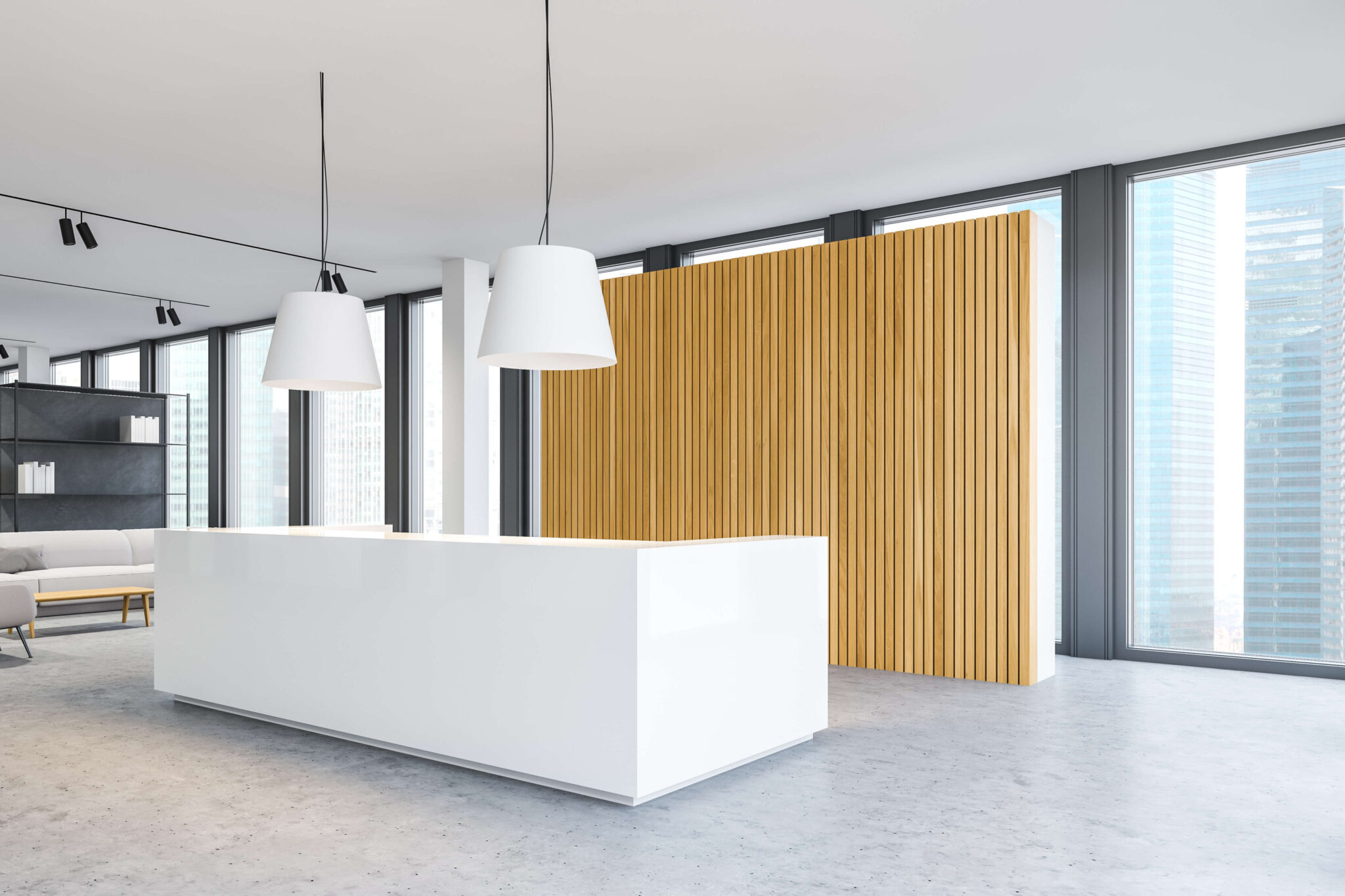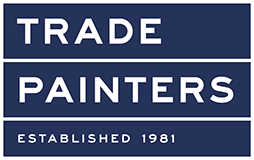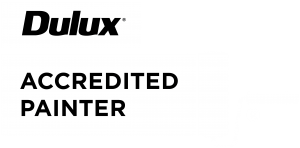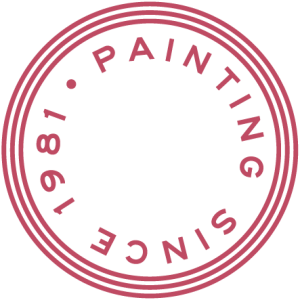Painting a commercial space isn’t the same as slapping a fresh coat on the spare bedroom walls. Sure, at the end of the day paint is paint, but anyone who’s ever walked into a dull, flaky office or a warehouse with peeling epoxy floors knows there’s more to it.
A commercial paint job is about more than colour—it’s about atmosphere, durability, and creating a space that actually works for the people inside it.
So, what’s the best way to paint a commercial workspace? Let’s break it down without the jargon, and maybe share a few quirks from the job site along the way.
Start With the Big Picture
Every space has a purpose. A café wants to feel warm and welcoming. A law firm aims for calm professionalism. A warehouse? Well, that one needs tough coatings that won’t blink when a forklift scrapes past. Unlike painting a house, where personality and style often lead the way, a commercial workspace is driven by function first. Paint choices should answer these questions: Who’s using this space every day? What are they doing in it? How long do we need the finish to last before it’s redone? It sounds obvious, but you’d be surprised how often someone picks a colour just because it “looked good on the sample wall at home.”
Prep Is Everything (Yes, It’s Boring, but It Matters)
Most people want to skip straight to the rollers and colour talk, but here’s the truth: preparation makes or breaks a commercial paint job. Think about it, industrial sites often have grease, dust, or even chemicals on surfaces. Offices have layers of old paint and sometimes sneaky water stains from the air-con. If you don’t clean, sand, patch, and prime properly, that expensive topcoat will peel or bubble in no time. One of our painters once compared it to cooking: “You can’t chuck a steak in a dirty frypan and expect it to taste like fine dining.” Same goes for paint.
Choosing the Right Paint (Not Just the Right Colour)
Here’s where things start to differ between commercial, industrial, and residential projects.
-
Commercial: Offices, retail shops, restaurants. Here, the focus is on aesthetics and atmosphere. Washable, low-VOC paints are a winner, they look good and don’t stink the place out for weeks.
-
Industrial: Warehouses, factories, plant rooms. Forget “eggshell” and “satin.” We’re talking heavy-duty coatings—epoxy, polyurethane, fire-resistant paints. They’re more like armour than decoration.
-
Residential: Still important, but the stakes are different. You’re painting for comfort and personal style, not necessarily for forklifts and food safety standards.
One mistake we often see is people choosing “off-the-shelf” paint for industrial areas. It’s like wearing thongs to a marathon. Wrong gear for the job.
Timing Is Half the Battle
Commercial spaces aren’t like homes where you can shuffle furniture around and paint over a weekend. Most businesses can’t afford long shutdowns. That means painting often happens after hours, over public holidays, or in tight windows. We’ve had projects where painters were rolling walls at 2am in a shopping centre food court, racing against the breakfast crowd. Another time, we were coating factory floors while machines were shut down for a single public holiday. No pressure, right? The lesson: planning matters. Work out schedules with building managers, tenants, or staff early. A “she’ll be right” attitude here can mean weeks of disruption and cranky business owners.
Don’t Forget Safety (and Not Just For Us)
Painting a commercial or industrial site isn’t just about paint splatters. There are safety rules: scaffolding, signage, ventilation. You don’t want employees or customers breathing in fumes or tripping over drop sheets. Industrial coatings especially need strict handling, some are more like chemicals than paint. PPE (personal protective equipment) isn’t optional, it’s survival. A good painter balances the safety of their team with the safety of everyone else who’ll be in that space tomorrow.
The Best Way? Combine All the Above
So, what’s the “best way” to paint a commercial workspace? It’s not just one trick. It’s a mix of:
-
Understanding purpose – know what the space is for.
-
Proper preparation – clean, sand, prime. Always.
-
Using the right products – commercial vs industrial vs residential coatings each have their place.
-
Smart scheduling – minimise downtime.
-
Prioritising safety – for workers and end-users.
-
Adding the human factor – because paint isn’t just about walls, it’s about how people feel inside them.
A Final Thought
At the end of the day, painting a commercial workspace is equal parts science and art. The science is in the prep, the coatings, and the safety. The art is in making a space feel right for the people who walk into it every day. Get one wrong, and you’ll have peeling walls or unhappy tenants. Get it right, and you’ll create a space that doesn’t just look good, it works. And honestly? That’s the real difference between painting your mate’s spare room and transforming a commercial site. Anyone can roll on colour. The best results come from knowing why you’re painting, how you’re painting, and who you’re painting for.





